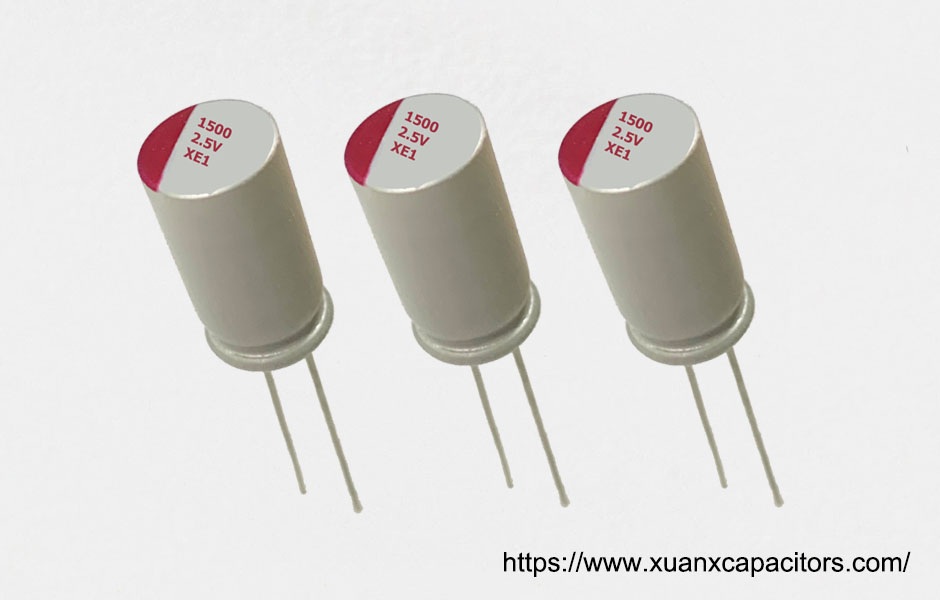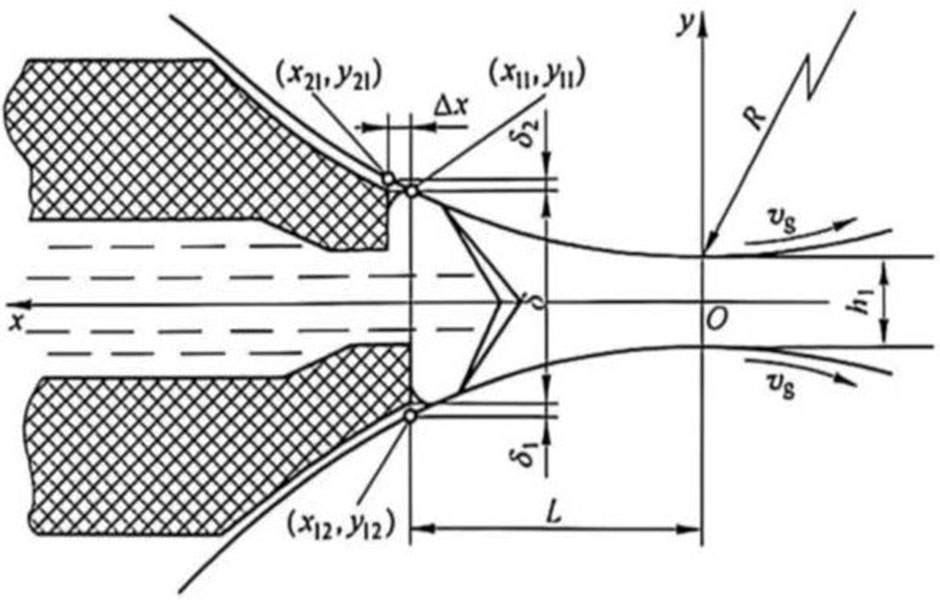- How to charge a farad capacitors
The voltage-sharing resistor is connected in parallel at both ends of the capacitor, and then connected in series. After one of the capacitors is charged, it is similar to an open circuit, but because the resistor is still connected in the loop, the voltage across the capacitor is restricted from increasing. Theoretically, the smaller the voltage-balancing resistance value, the better the effect. In the case of 5V, the voltage equalization resistance value can be considered to be about 5 ohms or even smaller. If the resistance value is large, the voltage of the capacitor that has been flushed will increase. As long as the performance of the two capacitors is not much different, the voltage change is still acceptable. Of course, it is best to use two voltmeters to monitor voltage changes at any time. Pay attention to the current-limiting resistance.
In addition, the farad capacitor can be charged with a constant voltage and constant current source. I don’t know how many volts your farad capacitor is. The charger cannot be higher than the indicated voltage. The current can be charged from 10A to tens of amperes quickly.
- Farad Capacitor Features
(1) The charging speed is fast, charging for 10 seconds to 10 minutes can reach more than 95% of its rated capacity;
(2) Long cycle life, deep charge-discharge cycles can be used up to 10,000 to 500,000 times, and there is no “memory effect”;
(3) High-current discharge capacity is super strong, energy conversion efficiency is high, process loss is small, high-current energy cycle efficiency ≥90%;
(4) High power density, up to 300W/KG~5000W/KG, which is equivalent to 5~10 times of battery;
(5) There is no pollution in the product raw material composition, production, use, storage and disassembly process, which is an ideal green and environmentally friendly power source;
(6) Simple charging and discharging circuit, no need for charging circuits like rechargeable batteries, high safety factor, maintenance-free for long-term use;
(7) Good ultra-low temperature characteristics, wide temperature range -40℃~+70℃;
(8) Convenient detection, the remaining power can be read directly;
(9) The capacity range is usually 0.1F–1000F.
- Farad capacitance calculation formula
In the application of supercapacitors, many users have encountered the same problem, that is, how to calculate the discharge time of a certain capacity of a supercapacitor when discharged at a certain current, or how to choose the capacity of a supercapacitor according to the discharge current and discharge time. The Electrician’s Home provides a simple calculation company. According to this formula, the user can simply calculate the capacitance, discharge current, and discharge time, which is very convenient.
C(F): The nominal capacity of the supercapacitor;
R (Ohms): the nominal internal resistance of the supercapacitor;
ESR (Ohms): equivalent series resistance under 1KZ;
Vwork (V): normal working voltage
Vmin (V): cut-off working voltage;
T(s): requires continuous working time in the circuit;
Vdrop (V): the total voltage drop at the end of discharge or high current pulse;
I (A): load current;
Approximate calculation formula for supercapacitor capacity,
Energy required to maintain = Energy reduced by super capacitor.
Energy required during the maintenance period = 1/2I (Vwork + Vmin) t;
Ultracapacitor reduces energy = 1/2C (Vwork2 -Vmin2),
Therefore, its capacity can be obtained (ignoring the pressure drop caused by IR)
C=(Vwork+Vmin)It/(Vwork2 -Vmin2)
- Examples are as follows:
For example, in a single-chip microcomputer application system, a super capacitor is used as a backup power supply. After a power failure, a super capacitor is required to maintain a current of 100mA for 10s. The cut-off operating voltage of the single-chip microcomputer system is 4.2V. normal work?
From the above formula, we can know:
Working starting voltage Vwork=5V
Working cut-off voltage Vmin=4.2V
Working time t=10s
Working power supply I=0.1A
The required capacitance capacity is:
C=(Vwork+Vmin)It/(Vwork2 -Vmin2)
=(5+4.2)*0.1*10/(52 -4.22)
=1.25F
According to the calculation result, you can choose 5.5V 1.5F capacitor to meet your needs.




